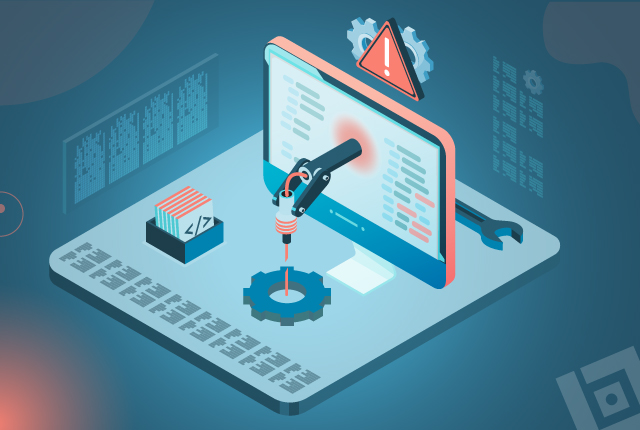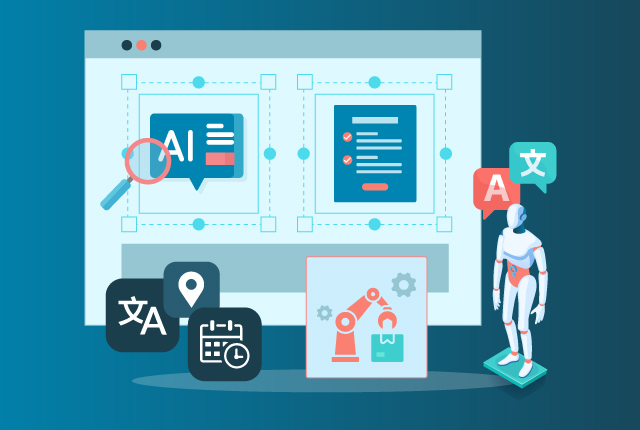Automation testing has become a cornerstone of modern software development, enabling teams to release software faster, reduce manual effort, and enhance test accuracy. As applications become increasingly complex, automated testing tools have become essential.
QASource Blog
In our blog, we take a deep dive into the latest QA strategies, methodologies, and industry best practices driving the world of quality assurance. Follow our blog to get new ideas as to how to effectively deliver high-quality, bug-free software products, websites, and applications, while keeping costs low.

Partner with top automation companies for faster testing cycles and improved accuracy, allowing businesses to accelerate software releases. Explore tips for hiring the right partner and why QASource is an ideal choice for businesses looking to optimize QA processes.
For all our metrics, test plans, Agile approaches, and strict industry standards, the end goal of every software development project is the same: happy customers. The user experience is our definition of success.
Integrating artificial intelligence (AI) and automation offers a strategic approach to redefining operational processes, driving cost-effectiveness and productivity. Research has shown that integrating these technologies can lead to a 50% reduction in operational costs while tripling process efficiency. As a result, the combination of AI and automation is reshaping the business landscape. This analysis delves into the nuances of this integration, illustrating how AI and automation are revolutionizing business operations.
Localization testing (L10n testing) extends beyond translation to ensure your software application can seamlessly adapt to various languages, regions, and cultural nuances. This meticulous process guarantees that your software functions smoothly across languages while respecting diverse user bases' unique customs and preferences. But manual localization testing is no simple task. Integrating AI and automation into the localization testing process enhances efficiency and ensures precision— vital for delivering a top-notch global user experience.
In the new era, Automation testing is expected to play a crucial role in software development and quality assurance processes in the coming years. In 2024, it is anticipated that automation testing will become even more prevalent and sophisticated because of advancements in technologies like artificial intelligence and machine learning are likely to enhance automation testing capabilities further. AI-powered testing tools can analyze vast amounts of data, identify patterns, and generate test cases, thereby increasing the efficiency and effectiveness of testing processes.
Product businesses today need to stand up to agility and scale to keep up with the demands of their users. This calls for unmatched quality assurance, reduced time-to-market, and reliability - something the traditional QA process may not deliver. Eventually, creating a Testing Center of Excellence (TCoE) represents your commitment to quality.
ETL automation is rapidly becoming an essential part of any modern business's toolkit. This process enables businesses to extract, transform, and load data from multiple sources into a single system, allowing for faster and more efficient data analysis. This kind of automation also helps businesses save time and money by eliminating manual processes such as data entry and data cleansing. Additionally, it can help businesses improve their data accuracy and reduce errors, resulting in more reliable insights. On top of that, ETL automation can help businesses reduce the risk of data breaches and comply with data security regulations.
In this autocast, we will discuss some of the superpowers that raised the level of the standard automation framework and help test the application more rigorously compared to the standard approach.
Written by QA Experts
QASource Blog, for executives and engineers, shares QA strategies, methodologies, and new ideas to inform and help effectively deliver quality products, websites and applications.
Categories
Authors
Our bloggers are the test management experts at QASource. They are executives, QA managers, team leads, and testing practitioners. Their combined experience exceeds 100 years and they know how to optimize QA efforts in a variety of industries, domains, tools, and technologies.








